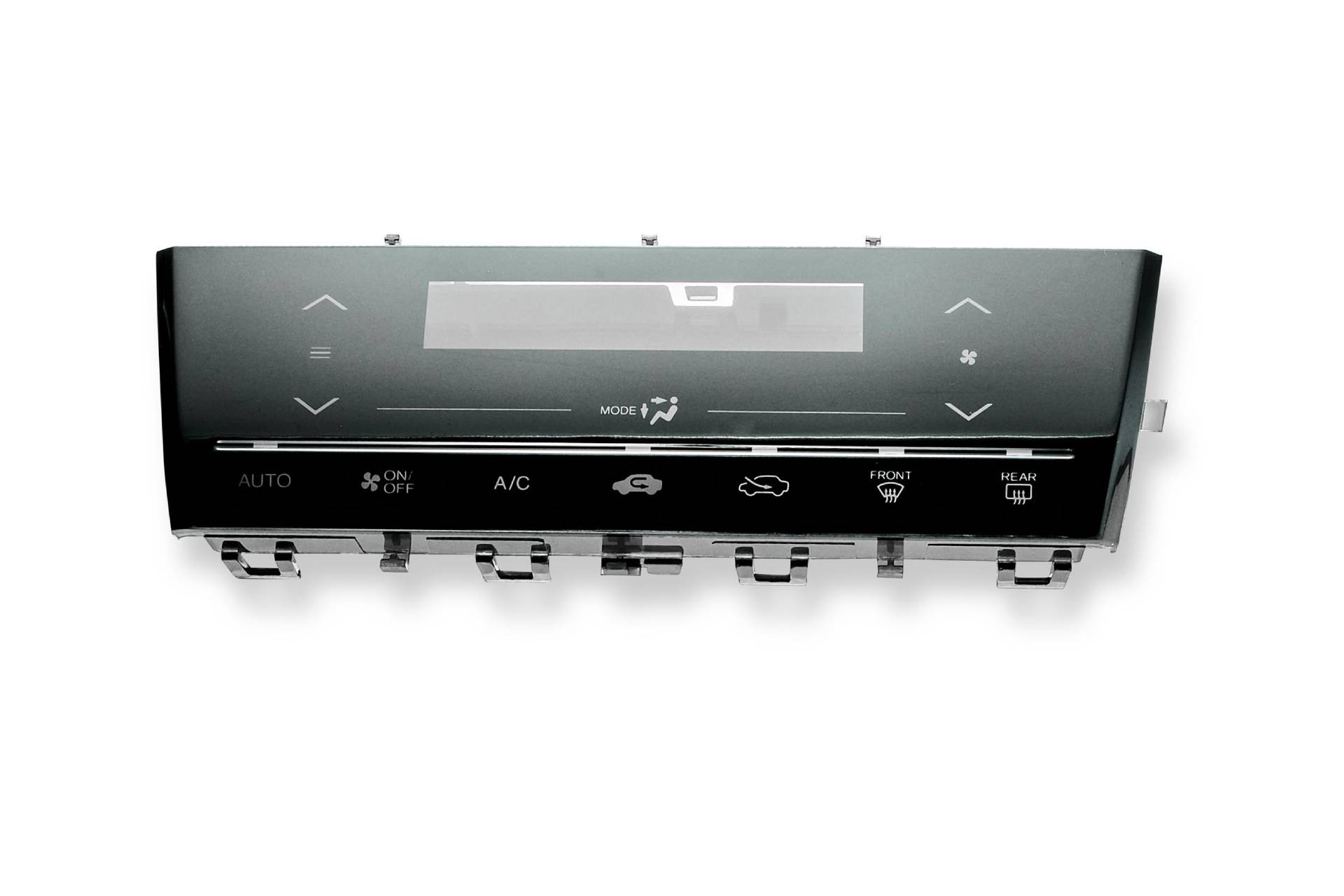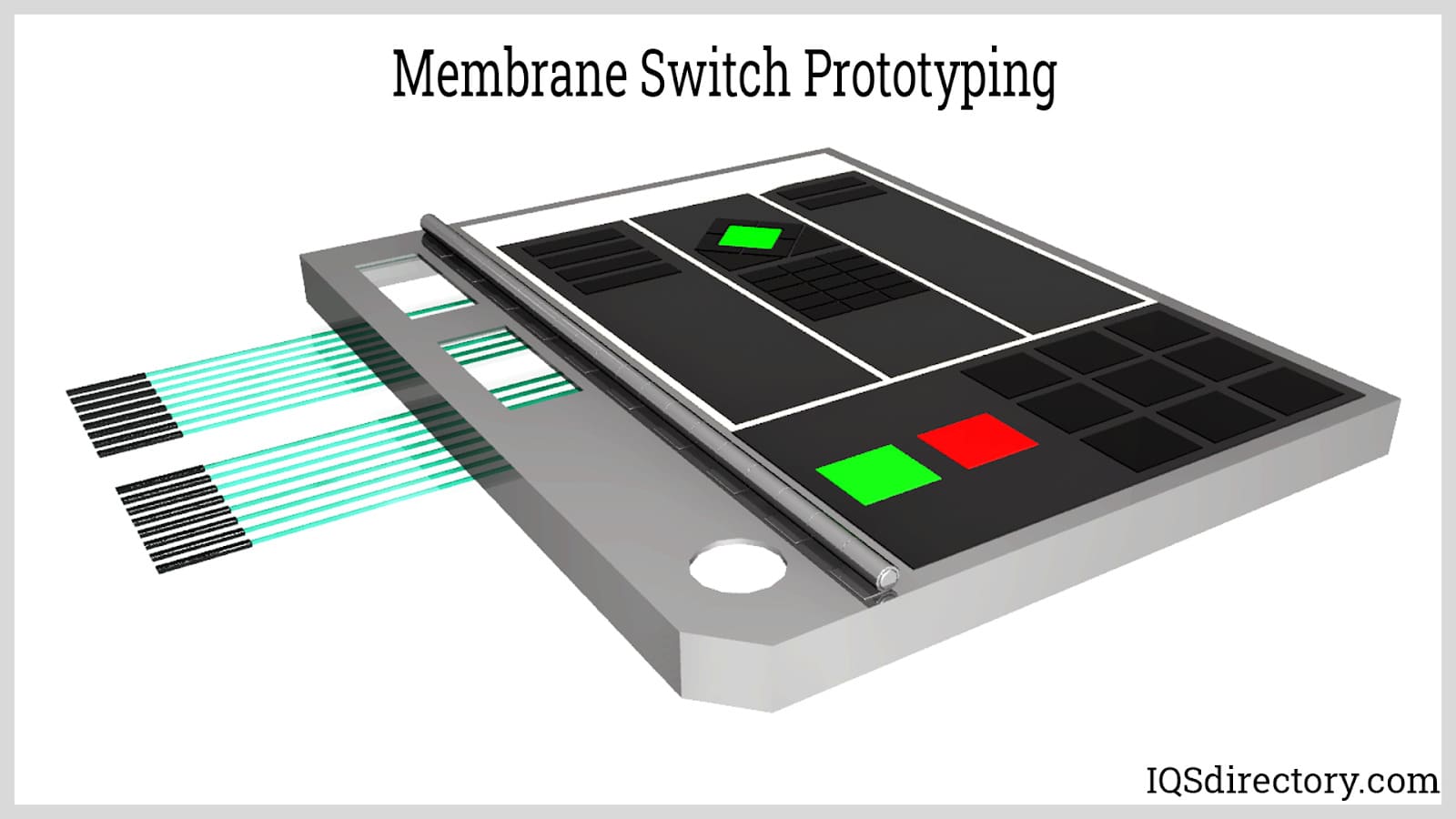Top brands often choose a skilled membrane switch manufacturer to deliver reliable results.
Top brands often choose a skilled membrane switch manufacturer to deliver reliable results.
Blog Article
All Regarding Membrane Layer Change: Comprehending Its Layout and Functionality
When you assume regarding the control interfaces in modern-day gadgets, membrane buttons commonly come to mind. These parts are more than simply buttons; they mix style and functionality flawlessly. Recognizing just how they work and what makes them reliable can change your perspective on daily electronic devices. However, there are subtleties to their design and efficiency that you might not recognize. Allow's discover what sets membrane switches over aside from various other control systems.
What Are Membrane Buttons?

Their smooth nature makes them easy to tidy and immune to dirt and wetness, an important feature in many atmospheres. Membrane switches can likewise be personalized pertaining to form, dimension, and graphics, allowing producers to develop distinct interfaces tailored to particular products. And also, they're light-weight and slim, which aids in decreasing the total mass of gadgets. On the whole, membrane buttons play a significant role in boosting individual experience throughout a broad array of applications.
Exactly How Membrane Switches Over Work
When you push a key on a membrane button, it activates a straightforward yet reliable mechanism. The top layer, frequently made of versatile material, lowers onto a conductive layer beneath it. This activity bridges the gap in between conductive traces, completing an electric circuit. As quickly as the circuit closes, it sends out a signal to the device's controller, which analyzes your input.
You'll notice that the responsive comments differs based upon the button design, using either a soft click or a more noticable reaction. As soon as you launch the key, the membrane layer returns to its initial position, reopening the circuit and stopping the signal. This procedure occurs virtually immediately, guaranteeing a receptive customer experience.
Membrane layer buttons are preferred due to their durability and resistance to dirt and dampness, making them ideal for various applications, from family devices to clinical tools. Comprehending this operation aids you value their widespread use.
Key Parts of Membrane Layer Buttons
Comprehending the essential components of membrane layer switches is fundamental for grasping their performance and layout. The protective layer guards against ecological aspects and wear, expanding the button's life-span. By comprehending these parts, you'll get insight into how membrane layer switches run and their importance in different applications.
Materials Made Use Of in Membrane Change Design
The performance and resilience of membrane layer switches greatly depend on the materials made use of in their layout. You commonly run into polyester and polycarbonate as main substratums due to their superb strength and versatility. These products resist scrapes and chemicals, making them suitable for demanding settings.
The conductive layers commonly use silver or carbon, picked for their reliability and conductivity. membrane switch manufacturer. Silver supplies premium efficiency, while carbon is an affordable choice. For the overlay, you might consider a matte or glossy finish, depending upon your visual demands and customer experience
Adhesives play an important duty too; they bond layers securely and ensure durability. Make sure to pick adhesives that withstand environmental aspects like temperature level and moisture. Don't forget the importance of a good printing strategy for graphics, as it boosts both functionality and aesthetic allure. Choosing the best materials will assure your membrane switch stands the test of time.
Style Factors To Consider for Membrane Switches
While developing membrane switches, it's vital to consider various variables that affect their capability and customer experience. Begin by concentrating on the layout and switch websites size; make sure they're instinctive and simple to navigate. Take into consideration the responsive responses you desire to offer-- will users require a recognizable click or a softer touch? Additionally, think of the materials you'll make use of, as they'll influence toughness and looks.
Do not ignore the graphic style; clear labeling and shade contrast are significant for visibility. Confirm your design fits ecological elements, like wetness or temperature level variations, which might influence efficiency. Finally, bear in mind the value of screening models with real individuals to collect feedback and make needed changes. This iterative process aids you fine-tune the style, confirming it fulfills both useful and aesthetic demands effectively. By carefully taking into consideration these components, you'll develop a membrane layer switch that improves use and complete satisfaction.
Applications of Membrane Switches
Membrane layer buttons are functional elements discovered in various applications, from industrial devices to consumer electronics. You'll see their influence in equipments that call for durable interfaces and in tools that take advantage of smooth styles. Comprehending these applications helps you appreciate the capability and usefulness of membrane switches in everyday technology.
Industrial Tools Use
When you're looking to boost the capability of industrial equipment, membrane layer buttons provide a trusted remedy that combines longevity with user-friendly style. These switches are best for harsh settings, supplying resistance to dust, wetness, and chemicals. Embrace membrane buttons to enhance your procedures and boost total efficiency.
Customer Electronic Devices Combination
In the domain of customer electronics, membrane buttons play a necessary role in enhancing customer interaction and tool performance. Membrane layer buttons additionally ensure sturdiness and resistance to dust and moisture, expanding the life expectancy of your electronic devices. By selecting membrane buttons, you improve not simply the performance yet likewise the design of your devices, making day-to-day interactions smooth and pleasurable.
Benefits and Drawbacks of Membrane Layer Switches
While membrane layer switches supply a series of advantages, they additionally include some drawbacks that you must consider. One considerable benefit is their small design, making them suitable for space-constrained applications. view website They're also economical, providing a sturdy option with a reduced production expense. On top of that, their seamless surface area is very easy to clean, boosting hygiene in settings like hospitals.

Membrane layer switches can have a much shorter life expectancy compared to mechanical buttons, particularly under heavy usage. They can likewise be less tactile, which could influence individual responses throughout operation. Stabilizing these pros and disadvantages will aid you figure out if membrane buttons are the best fit for your project.
Regularly Asked Concerns
The Length Of Time Do Membrane Switches Over Commonly Last?
Membrane switches over usually last between 5 to ten years, depending on use and environmental conditions. You'll wish to examine factors like wear, exposure to dampness, and temperature level variations to gauge their long life efficiently.
Can Membrane Switches Over Be Personalized for Details Styles?
Yes, you can tailor membrane buttons to fit specific styles (membrane switch manufacturer). You'll have the freedom to pick colors, shapes, and layouts that match your job's needs, ensuring they blend flawlessly with your overall visual
What Is the Price Array for Membrane Change Manufacturing?
The cost variety for membrane layer switch production typically drops in between $1 and $10 each, relying on variables like style complexity, quantity, and materials. You can obtain quotes from suppliers to find the very best option.

Are Membrane Changes Water Resistant or Resistant?
Membrane layer buttons can be designed to be waterproof or resistant, relying on materials used and building techniques. If you require them for damp environments, assure you define those requirements throughout the style procedure.
Exactly How Do Membrane Switches Compare to Traditional Buttons?
Membrane switches are normally thinner and more flexible than conventional buttons, using a sleek layout. They're frequently much easier to clean and incorporate, however might not offer the responsive feedback you're utilized to with mechanical alternatives.
Final thought

Report this page